- Home
- Knowledge library
- How to identify ramularia leaf spot symptoms in barley
How to identify ramularia leaf spot symptoms in barley
A disease of increasing importance in the UK, the presence of ramularia leaf spot in crops is notoriously challenging to identify. This visual guide provides information on symptoms and severity, as well as other diseases commonly mistaken for ramularia.
Ramularia leaf spot management in barley
Cereal disease management homepage
Why is it so difficult to detect ramularia in barley?
Ramularia may be present at the start of a crop’s life, in infected seed. However, symptoms rarely appear on previously healthy leaves until after flowering (growth stage 69), showing first on the upper leaves. Sometimes, symptoms appear earlier on stressed crops or senescing leaves. In the absence of visible symptoms, disease diagnosis requires molecular tests. Even after symptoms become visible, the presence of similar-looking symptoms means misdiagnosis is relatively common.
What are the classic signs of ramularia?
Typical symptoms of ramularia comprise small, reddish/brown, rectangular lesions, often surrounded by a yellow margin (halo) of chlorosis.
Following high levels of infection, leaves may senesce rapidly. Lesions are often obvious on dead leaves as black spots, with fungal spores visible.
The disease is often associated with other leaf spots, such as abiotic sun scorch, physiological leaf spot, the spot-form of net blotch and spotting caused by damage to the leaf wax following the application of some fungicides.
If the following ‘5Rs’ are associated with mature lesions, it is highly likely to be ramularia:
- Reddish/brown colouration.
- Rectangular shape.
- Restricted by the leaf veins.
- Ringed with yellow margin of chlorosis.
- Right through the leaf.
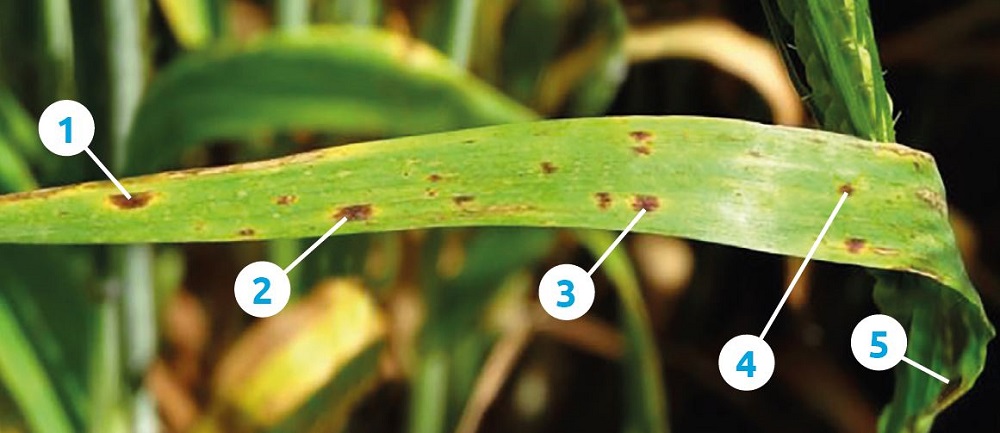
Note: Net blotch and tan spot lesions are not rectangular or restricted by leaf veins. Physiological leaf spots, caused by oxidative stress, tend to be caused by superficial browning on upper leaf surfaces, while the undersides remain unaffected. Although these cause less yield loss, they can trigger the production of ramularia leaf spots.
How to assess ramularia leaf spot severity
With control increasingly difficult, it is essential to recognise the presence of ramularia leaf spot and its severity. Assessments conducted late in the season can inform rotational decisions and reveal the potential risks associated with farm-saved seed. It is important to avoid saving seed for resowing from heavily infected crops.
SRUC’s Neil Havis explains how to tell ramularia leaf spot lesions apart from other foliar symptoms and how to score symptom severity.
1. Disease severity: 0%
No disease.
2. Disease severity: 1 to 5%
Sparse lesions on upper leaves.
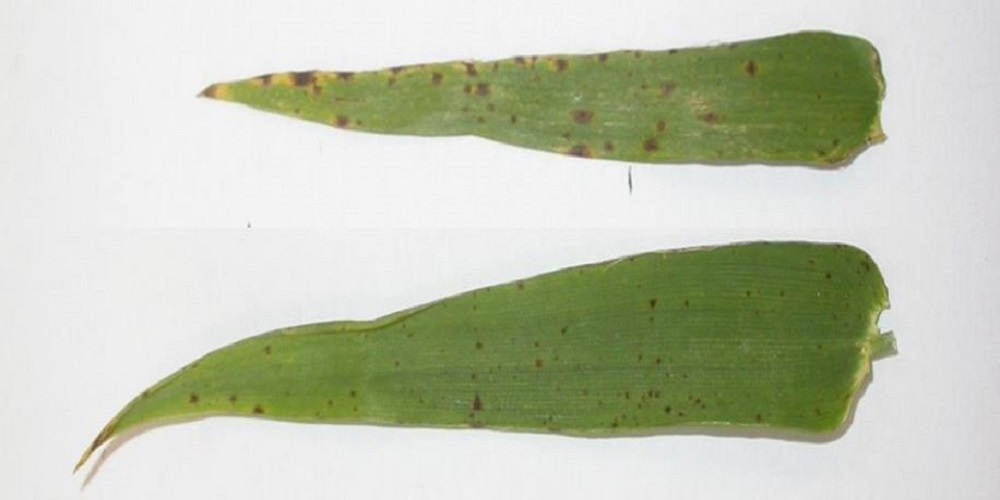
3. Disease severity: 6 to 10%
More lesions on upper leaves.
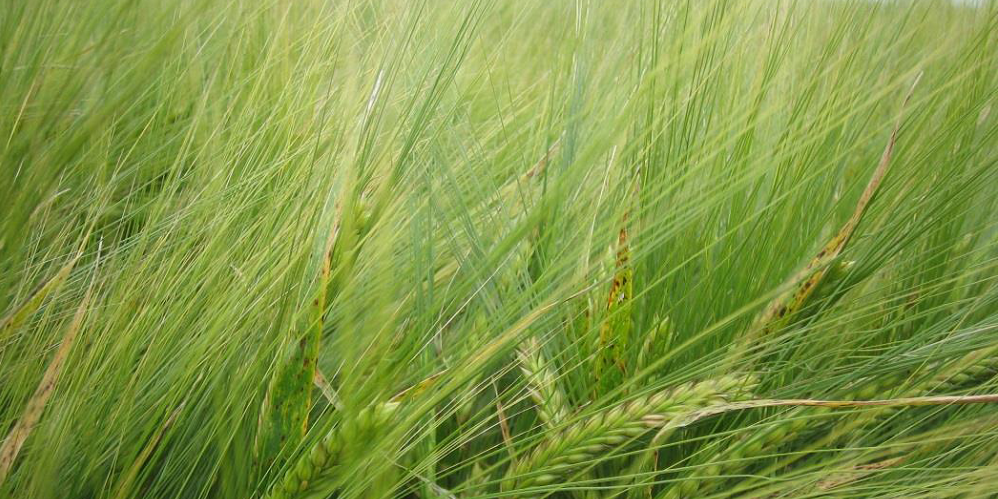
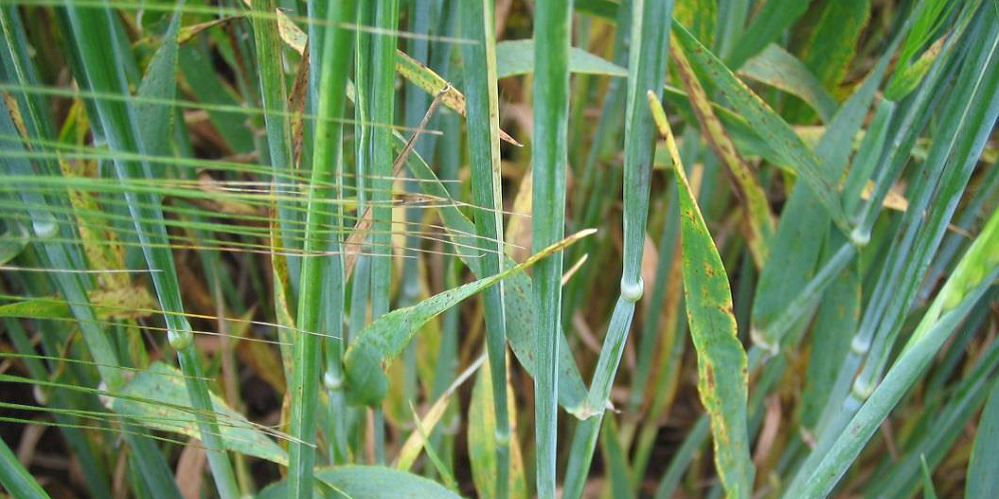
4. Disease severity: 11 to 20%
Upper leaves with some necrosis. Some lesions on middle leaves.
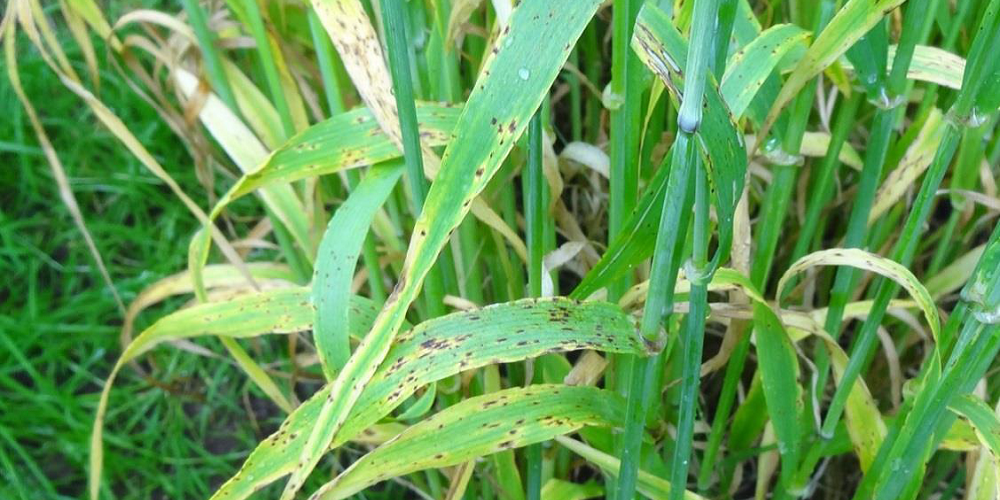
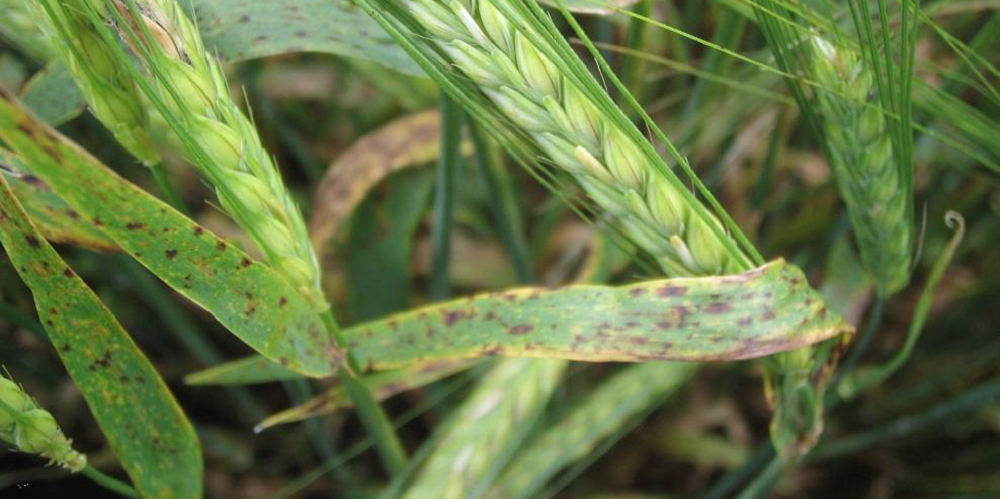
5. Disease severity: 21 to 30%
Many lesions and severe necrosis on upper leaves. Numerous lesions on middle leaves.
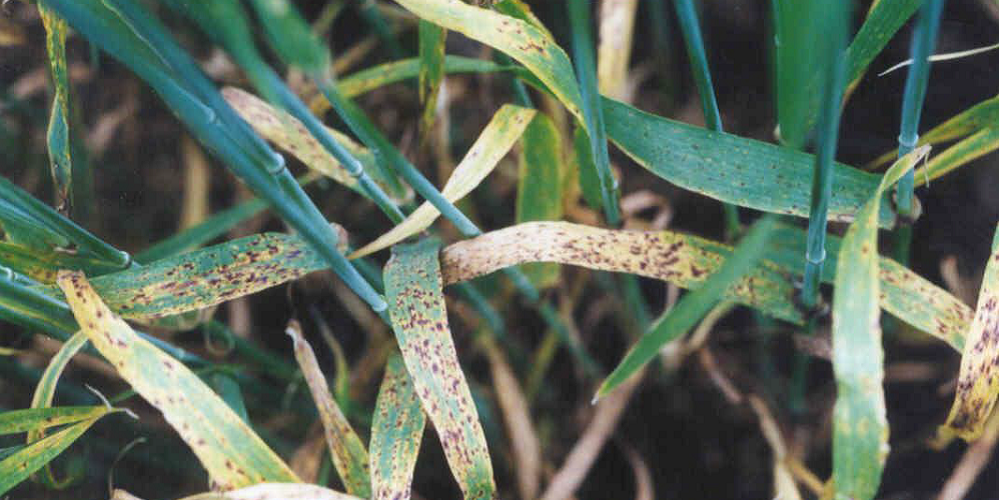
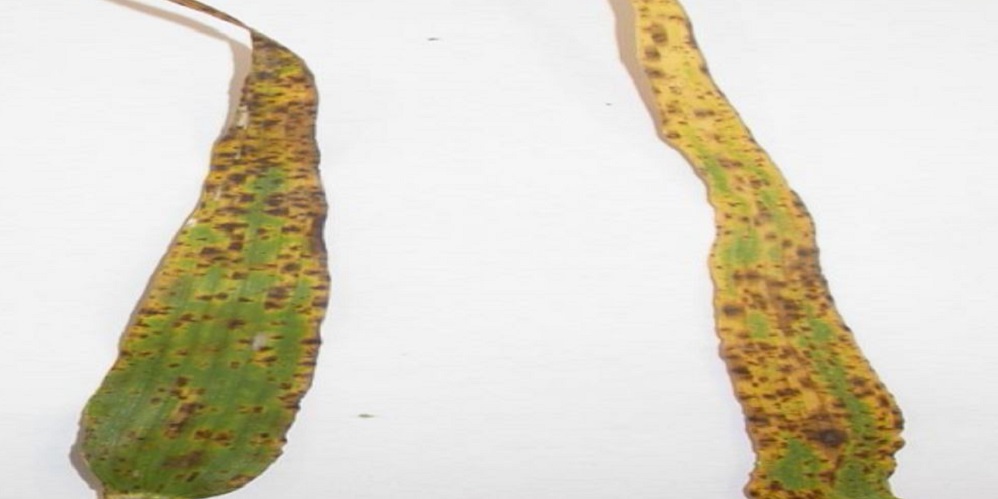
6. Disease severity: 31 to 40%
Extensive lesions on upper leaves. Many lesions on middle leaves and necrosis.
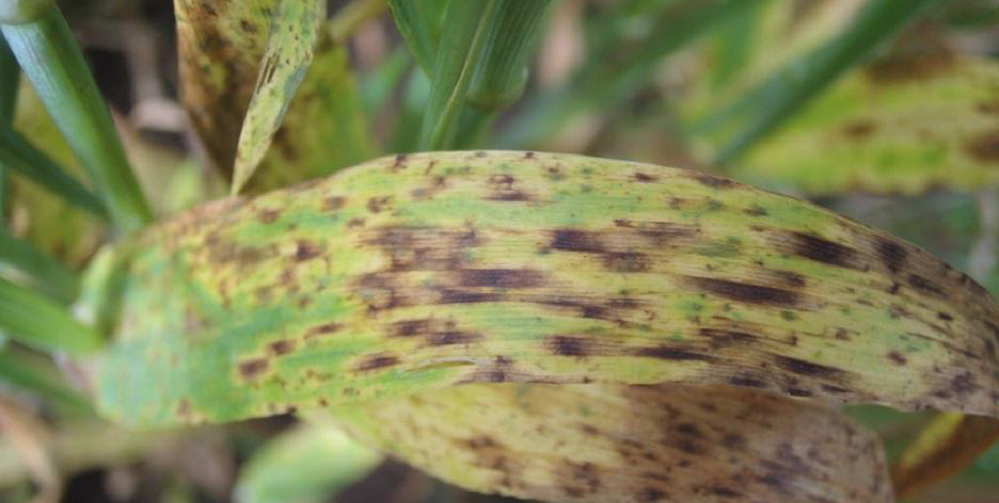
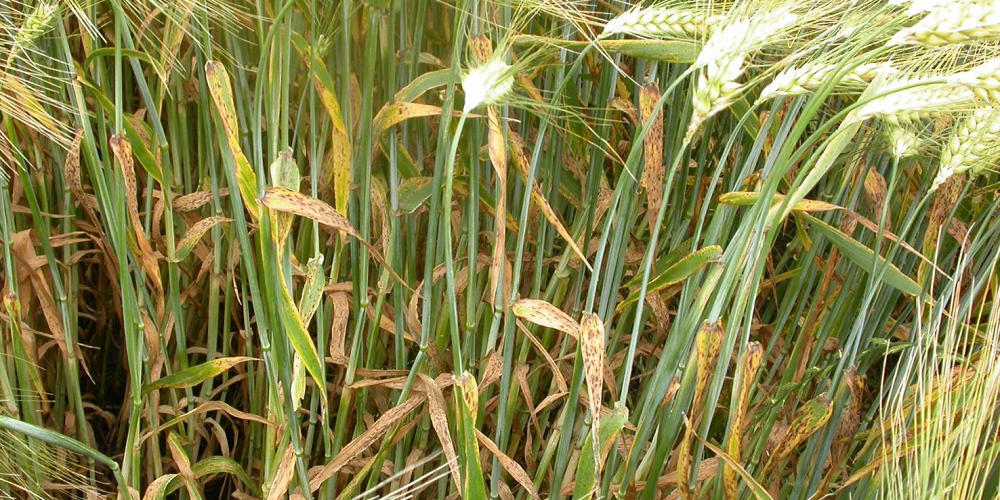
7. Disease severity: 41 to 50%
Severe damage to upper leaves. Further lesions and necrosis on middle and lower leaves.
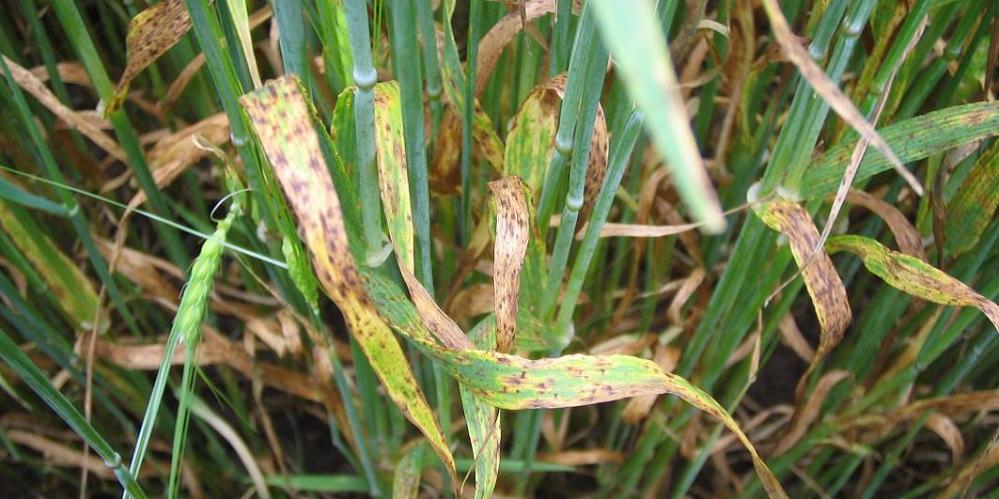
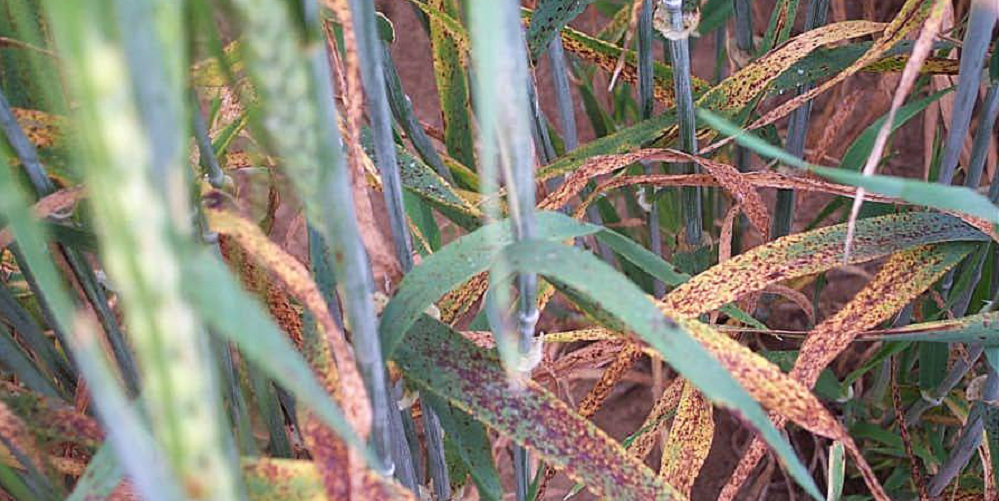
8. Disease severity: 51 to 75%
Complete lesions (100%) on upper leaves. Severe (50 to 75%) necrosis on middle leaves.
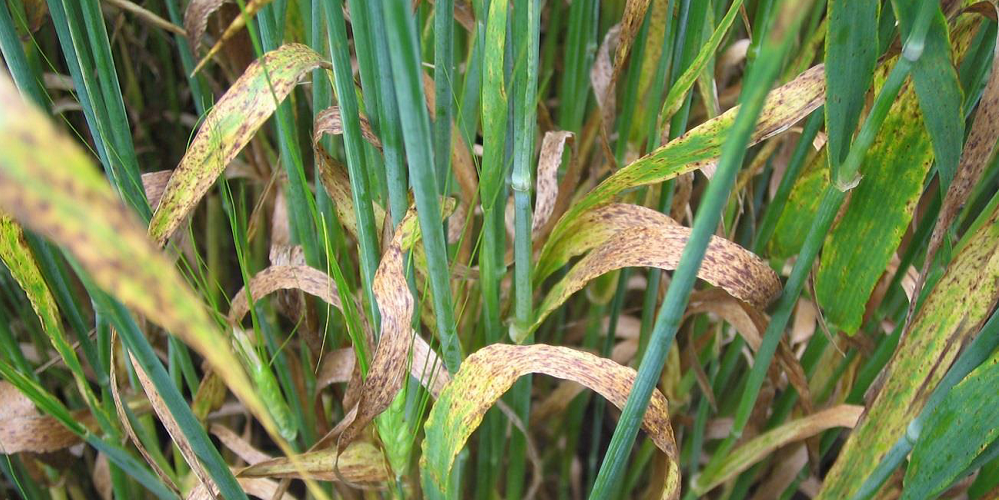
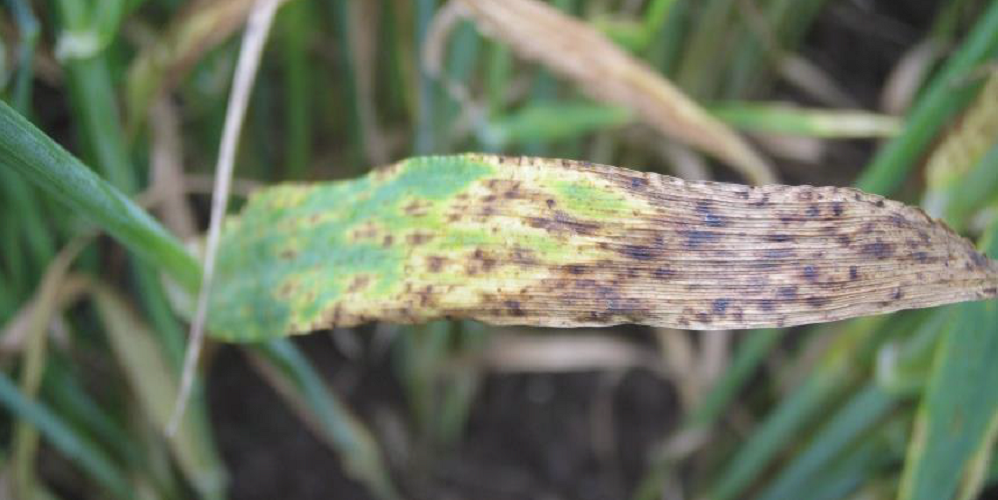
9. Disease severity: 76 to 100%
Almost all leaves necrotic with lesions on all leaves.
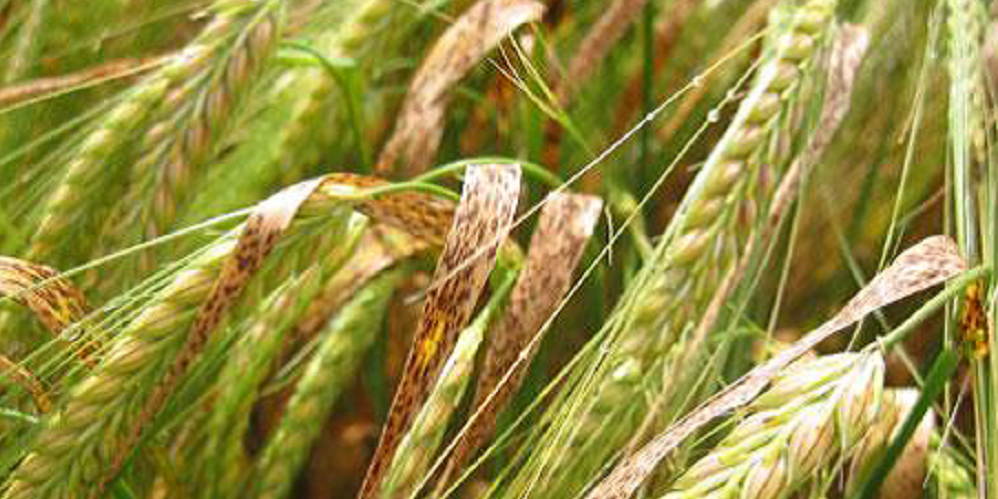
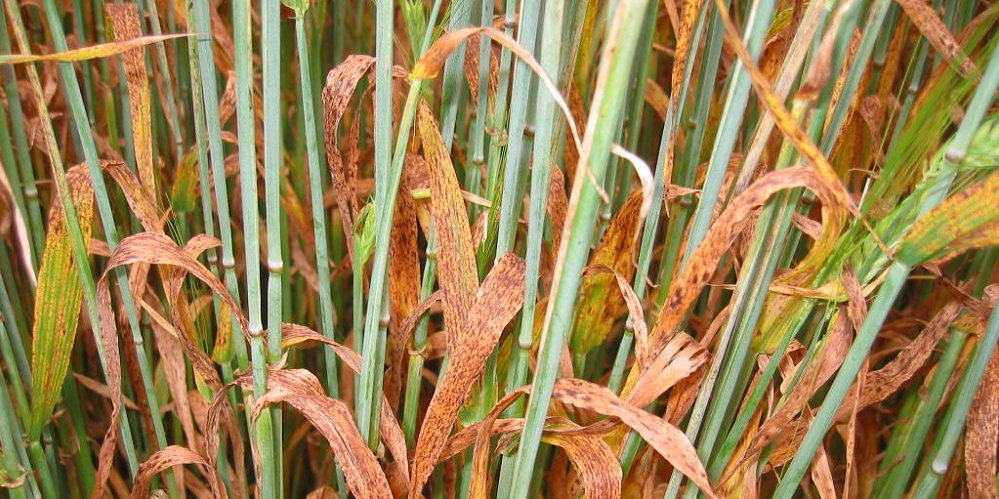
Ramularia leaf spot management in barley
A lack of chemistry and varietal resistance, in addition to poorly understood symptoms, make ramularia leaf spot one of the hardest diseases to manage in barley. Caused by the pathogen Ramularia collo-cygni, our guidance will help you recognise and reduce the impact of the disease.
Topics:
Sectors:
Tags:


.JPG?v=637780272680000000)
